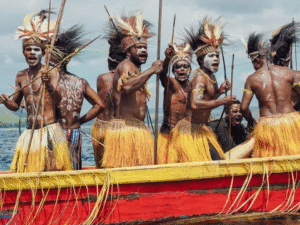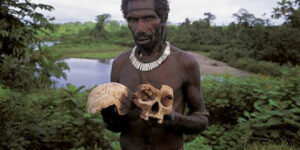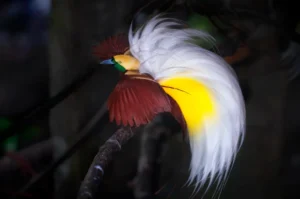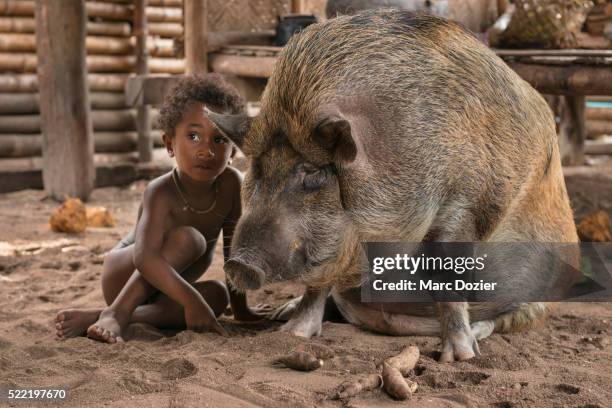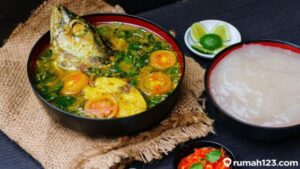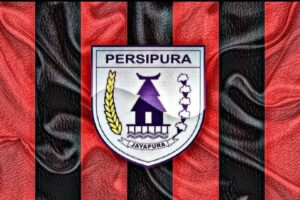Introduction: One Nation, Many Cultures of the Field
Indonesia is a country defined by diversity in culture, climate, and cultivation techniques. From the rice fields of Java to the highlands of Papua, agricultural practices differ not only in tools and crops, but in symbols, beliefs, and animals involved.
The saying “In Java, people hijack rice fields using cows, in Papua using pigs” may sound amusing at first glance, but it carries deep anthropological truth. While Javanese farmers traditionally rely on cows for plowing and prestige, Papuan highlanders treat pigs as sacred assets, often using them in rituals related to land, food, and social power.
This article explores the contrasting agricultural identities of Java and Papua—highlighting how the same land (a rice field or agricultural plot) can mean radically different things depending on where you are and what animal stands by your side.
Chapter 1: Java – The Cow, The Rice, and The Power
The Role of Cows in Javanese Agriculture
In Java, rice farming is centuries-old, rooted in fertile volcanic soils and complex irrigation systems known as subak and sawah. For generations, the cow (or buffalo) has been an indispensable companion in rice cultivation, used for:
- Plowing fields (bajak sawah)
- Transporting harvest
- Producing natural fertilizer through dung
- Symbolizing wealth and stability
Though many farmers today use tractors and modern tools, cows remain a cultural and symbolic figure in Javanese rural life, especially in Central Java and East Java.
Chapter 2: “Ngontrak Sawah”: Hijacking as Social Phenomenon

In the Javanese context, “hijacking rice fields” doesn’t mean criminal occupation. It refers to the common tradition of renting land to work during the planting season.
Some elements involved:
- Petani penggarap (tenant farmers) offer to cultivate land they do not own
- They bring their own cows or buffalo to plow the soil
- They share the harvest with the landowner based on local agreements (bagi hasil)
In many cases, the cow becomes a ticket to access land—a tool of negotiation, labor, and legitimacy.
“Kalau ada sapi, kamu bisa garap sawah orang. Nggak punya sapi, ya cari pinjaman.”
— Pak Slamet, petani Kendal
Thus, cows represent agency in Java’s agrarian economy.
Chapter 3: Papua – Land, Pigs, and Power Structures
Enter the Pig: Papua’s Sacred Animal
Unlike Java, where cows symbolize cultivation, in Papua—especially in highland communities such as Dani, Lani, and Yali—the pig is the central animal of agriculture, economy, and spirituality.
Pigs are:
- Currency: used in bride price, compensation, and conflict resolution
- Spiritual beings: involved in rituals and sacrifices
- Indicators of status: the more pigs, the more powerful your clan
- Land access tokens: offering pigs grants you agricultural rights
Chapter 4: Hijacking Fields Using Pigs? Yes, But It’s Ceremonial
In highland Papua, farming is done manually—no tractors, no plows, no cows. But to access communal land for planting sweet potato or taro, you often must offer pigs in a feast (barapen).
The Process:
- Clan leader or family offers pigs to landowners or elders
- Traditional cooking (bakar batu/barapen) is held
- Pigs are sacrificed and distributed as peace or partnership tokens
- In return, access to land is granted for a planting cycle or more
This is what locals may jokingly call “mencaplok kebun pakai babi” — the Papuan version of field acquisition, rich in ceremony, ethics, and relationships.
Chapter 5: Agricultural Contrasts – Java vs Papua
| Feature | Java (Cows) | Papua (Pigs) |
|---|---|---|
| Primary Animal Symbol | Cow/Buffalo | Pig |
| Role of Animal | Labor (plowing) & Fertilizer | Ritual Exchange, Status, Ceremony |
| Method of Field Access | Rental or tenant-based | Ritual-based agreement via feasts |
| Crop Cultivated | Paddy Rice | Sweet Potato, Taro, Cassava |
| Tools | Plow, cow yoke, irrigation tools | Hand tools, digging sticks |
| Land Tenure | Legal contracts or verbal lease | Clan-based and customary sharing |
Chapter 6: Symbolism and Social Dynamics
Both cows and pigs are not just animals—they’re deeply symbolic.
In Java:
- Cows symbolize domestication, productivity, and continuity
- The image of a farmer walking with a cow is almost mythical, present in batik, wayang, and poems
In Papua:
- Pigs symbolize sacrifice, respect, and community binding
- Killing a pig in ceremony is a sacred act, binding families and granting rights
Chapter 7: Quotes from the Field
“Di Jawa, sapi adalah sahabat petani. Tapi di Papua, babi adalah jiwa masyarakat.”
— Prof. Anwar Sutrisno, antropolog agraria
“Kalau kamu bawa babi besar untuk pesta, kamu bisa panen di ladang yang bukan milikmu. Itu kepercayaan adat kami.”
— Tobias Tabuni, pemuda Lani di Wamena
“Sapi di sini lebih mahal dari motor. Tapi di Papua, satu babi bisa tukar sebidang tanah.”
— Pak Wardi, peternak sapi di Blitar
Chapter 8: The Impact of Modernization
Modern agricultural tools are now penetrating both regions, but differently:
- In Java, tractors and combine harvesters are replacing cows
- In Papua, NGO programs introduce composting, crop rotation, but still respect pig-based rituals
However, cultural value remains strong. A cow in Java is still seen as “prestise petani.” A pig in Papua is still seen as “harga diri keluarga.”
Chapter 9: Policy and Indigenous Rights
Indonesia’s agrarian reform and food security programs must consider:
- Respect for customary land systems in Papua
- Recognition of animal-based negotiation systems (like pigs)
- Avoiding over-centralization of Java-style farming models
Policies should be local-centric, not Java-centric.
Chapter 10: Embracing Cultural Diversity in Agriculture
The phrase “Java pakai sapi, Papua pakai babi” is more than just a proverb. It’s a lesson in respecting regional identity.
Agriculture is not just soil and seed—it is ceremony, culture, and kinship.
Understanding how different regions “hijack” or acquire land for farming, through cows or pigs, shows that Indonesia’s strength lies in its diversity.
Conclusion: Unity in Agricultural Diversity
Whether it’s a cow plowing a wet rice field in Banyumas, or a pig sacrificed in a Papuan bakar batu, each represents a unique worldview.
- The cow is tied to Javanese order and structure
- The pig is tied to Papuan spirit and reciprocity
Both are valid. Both are powerful.
Let us celebrate these differences, not erase them. Because true food sovereignty starts by honoring local wisdom, whether it walks on four legs and moos, or oinks.
Call to Action:
- Learn about local farming practices when visiting rural Indonesia
- Support indigenous farming cooperatives in Papua
- Promote cultural understanding in national agricultural policy
- Respect the role of animals not just as food, but as cultural anchors

